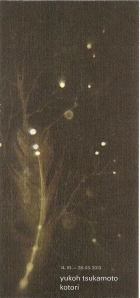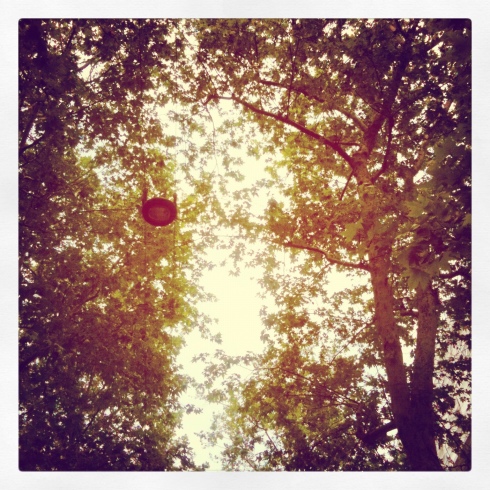
Something unexpected took me by surprise last week, when I had just got back from Chicago. And it was the lecture held at my university to present this book in particular and the work of a famous italian architect in general.
The fact is, the famous italian architect we’re talking about is my professor’s father, and I could have never imagined him to have such a strong connection with the world I would love to know better.
here’s the link to his website: http://www.studiomangiarotti.com/index.php
The book itself – wrote by 3 different people altogether – seems really interesting, and I would definitely like to buy it. But the lecture itself was fun too. There was a very long table where different personalities were sitting, each one of them was ready to give his own point of view on Angelo Mangiarotti’s work and tell us something about his relationship with him.
Most of them were japanese designers, given also the title of the book.
We were also somehow connected directly to Japan that day, as there was a “live participation” of some collaborators and assistants from the MA and associates studio in Tokyo during the conference. Some of them spoke in italian – and it was sometimes hard to understand – but some chose to talk in japanese, since there was Kinoue Horikawa translating for us.
And here I had great fun, since I could – at least a little – understand what they were saying way before she could translate, laughing consequently some seconds before everybody else in the room. XD
The final intervention was by architect Matteo Pirola, who tried to underline some specific features, typical of Mangiarotti’s work, which could recall japanese approach to architecture, art, and life in general.
- He’s will to walk away from the shadow of the tree that is his constant will to become better than any of his teachers.
- His conception of beauty. A beauty that lies in uncontrollable little imperfections.
- The will to merge nature and the project, whatever it may be.
- His constant search for simplicity.
- His interest for the theme of “the minimum and the maximum”.
- His idea of participation.
- His love for pure matter “If you listen to the matter, it will talk to you”.
- And finally the idea of void, which is never something negative but positive to the point it has much more importance than the matter itself. -> reference to a book called “Estetica del vuoto” by Giangiorgio Pasqualotto (which I read for one of my exams ^_^)
What an interesting morning I spent that day (:
Note: Angelo Mangiarotti, born in Milan in 1921, before establishing his office in Italy, had – in the very first years after his graduation – worked in the USA, getting to know Frank Lloyd Wright, Mies Van der Rohe, Walter Gropius and Konrad Wachsmann, as well as participating to the competition for Chicago “LOOP”. (Oh my gosh.. that’s exactly everything I saw 2 weeks ago..)
Just how many coincidences will there still be?
Tags: Angelo Mangiarotti, Architecture, Culture, Design, Japan


















